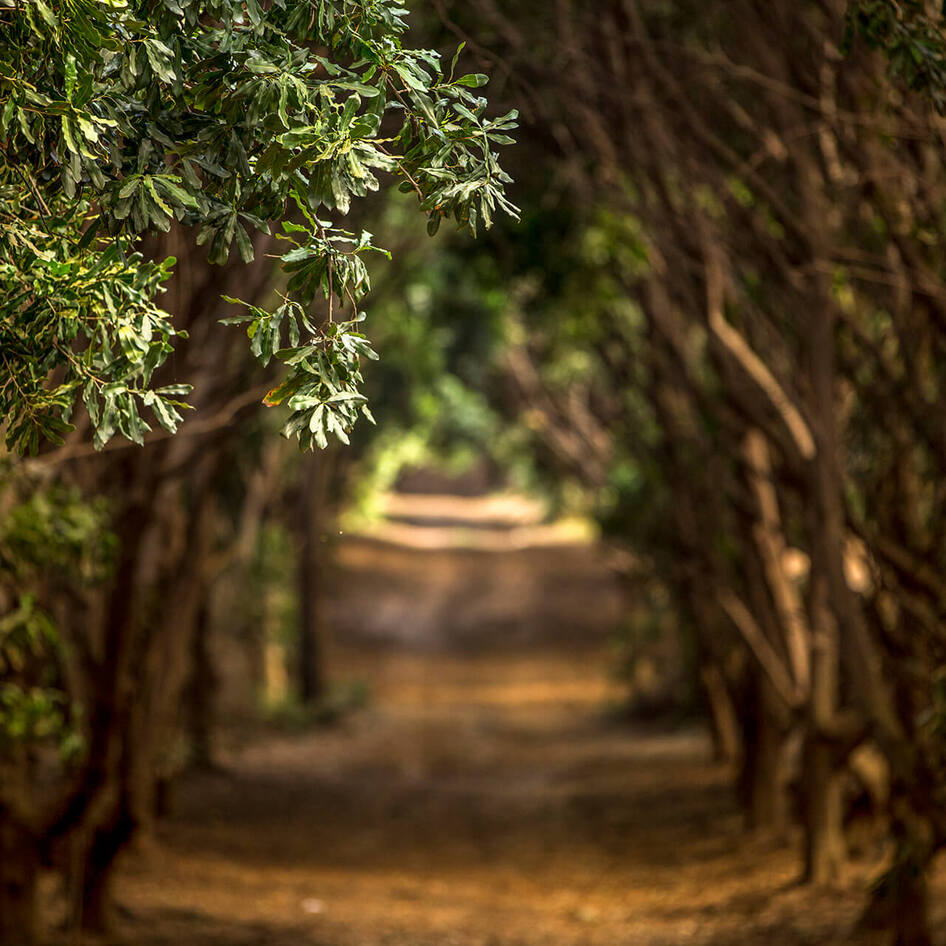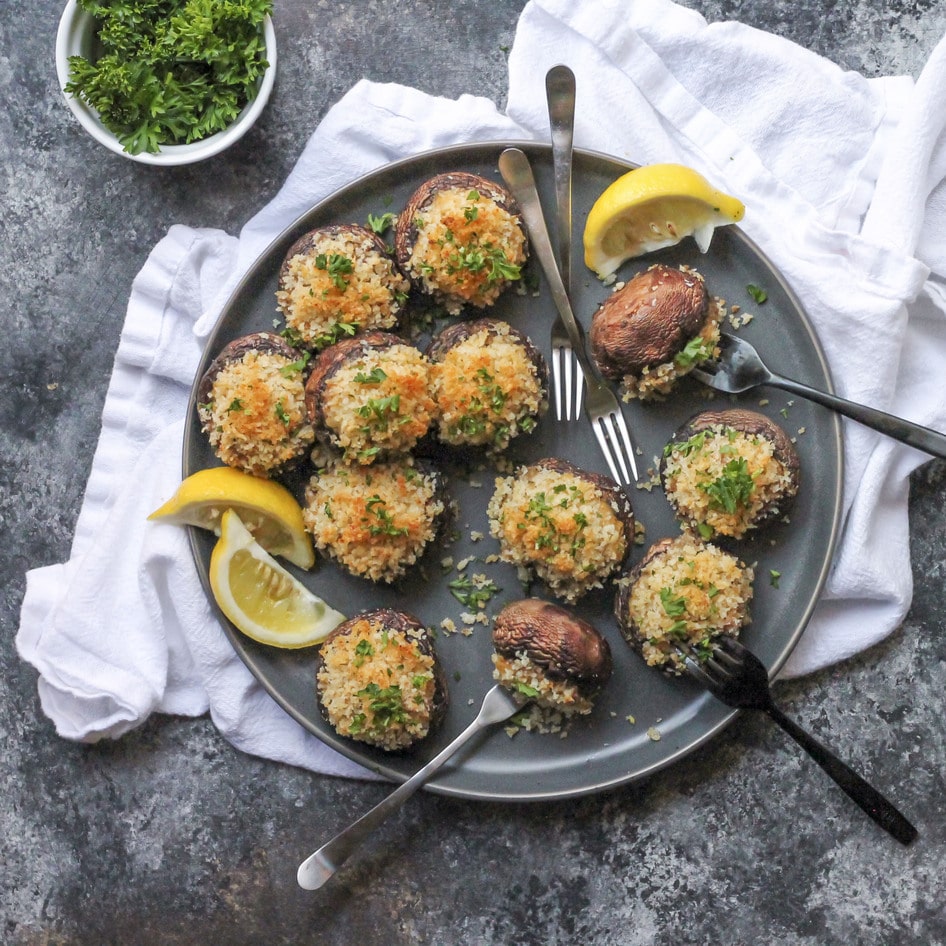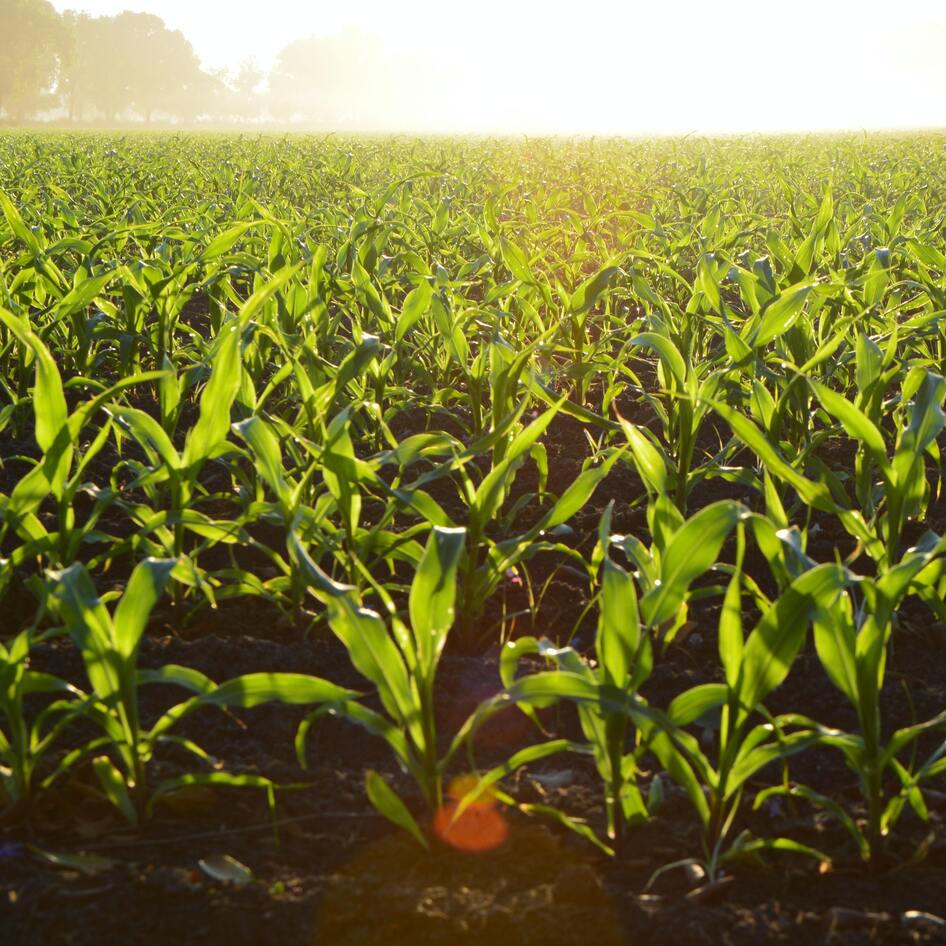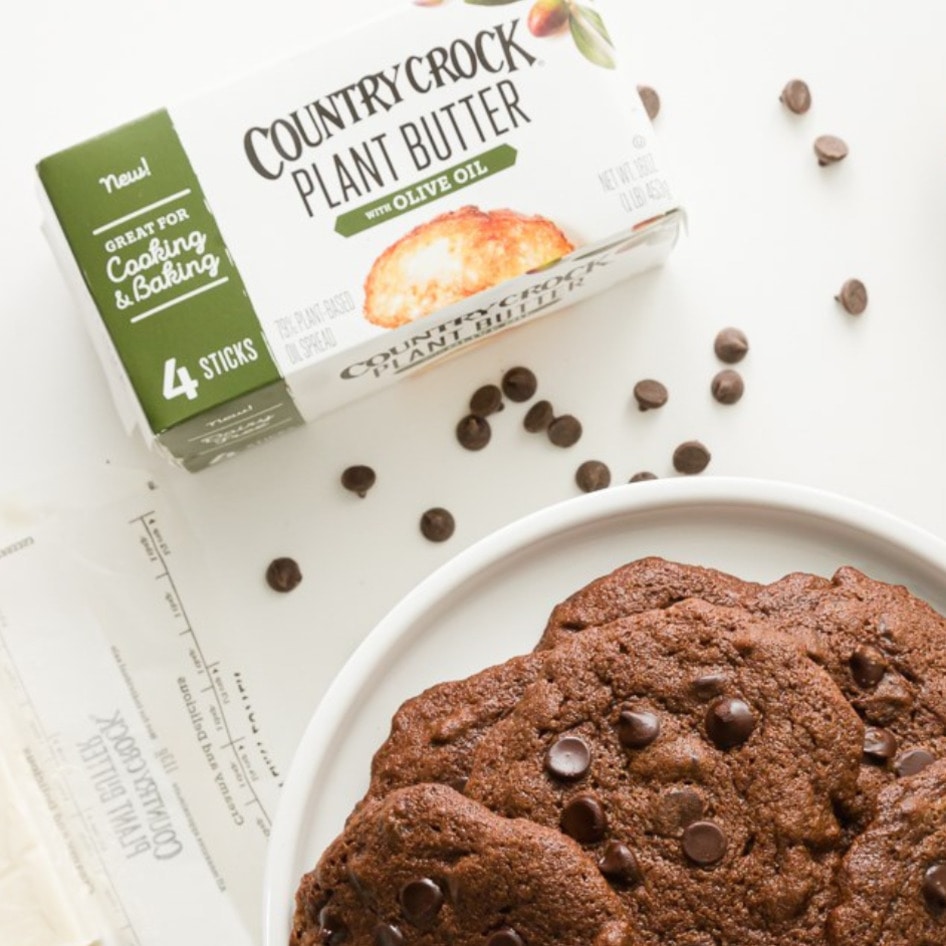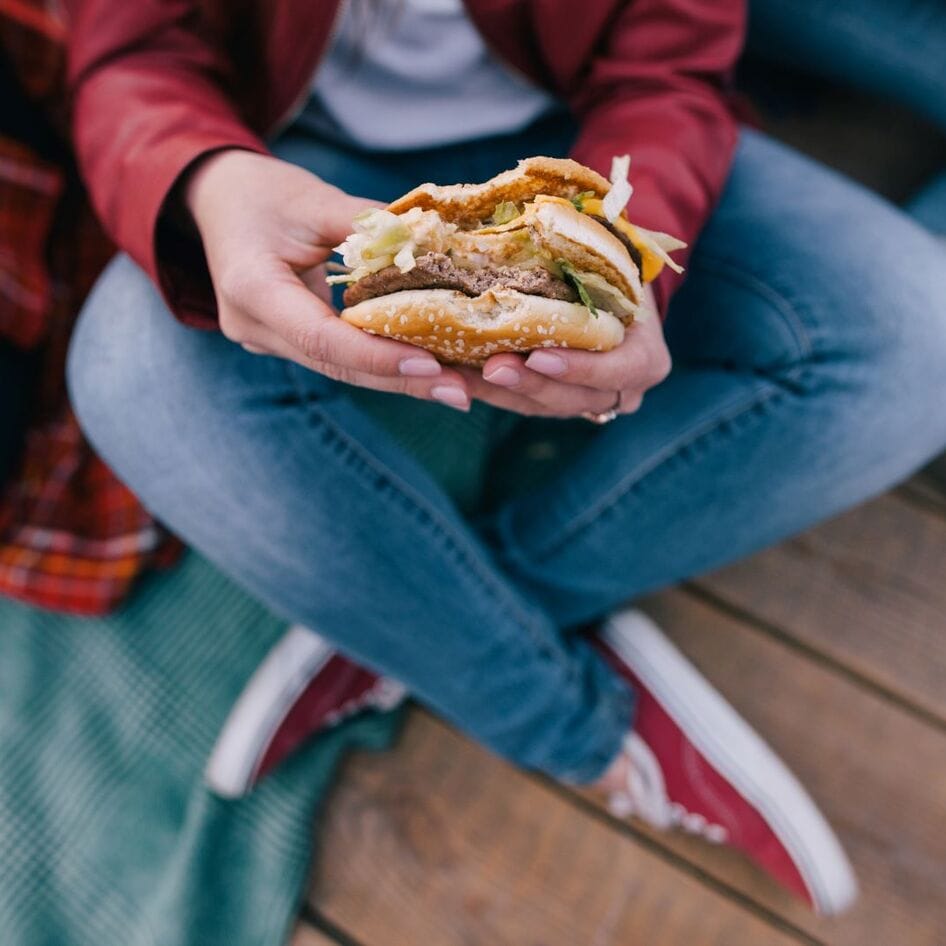The Problem with Palm Oil, Part II
May 21, 2013
Human Rights & Wrongs
Reports from around the globe paint a distressing portrait of palm-oil expansion, with land disputes, violent conflicts, and even murders carried out on behalf of palm-oil barons. “It’s a modern-day gold rush,” says Laurel Sutherlin of the Rainforest Action Network, a nonprofit with one of the most active and visible campaigns against palm oil. “Especially in the last decade, there has been a meteoric rise in global demand for palm oil. It’s a very lucrative crop.” As a result, he says, greedy governments are handing over millions of acres in Indonesia, Malaysia, and elsewhere to palm-oil interests, who then evict the communities living there. “You’ve got tens of millions of indigenous people whose customary land rights have no legal standing. So they are having their future and livelihood literally swept out from underneath them by rampant palm expansion.”
Implicated in the controversy are agriculture giants like Archer Daniels Midland, Cargill, and Monsanto, who have had to face tough questions about human rights violations in their palm-oil supply chain. One of the most notorious examples occurred in 2011, when Indonesian police, allegedly contracted by Wilmar—the world’s largest palm-oil processing company and one of Cargill’s suppliers—ejected 83 families from three Sumatran settlements at gunpoint, then destroyed their homes. “It’s an egregious violation,” says Sutherlin. “In many cases, you have people who have lived somewhere for many generations and live off that land, practicing agro-forestry and sustainable agriculture. Then, without any avenue to have their rights heard, they find themselves on the other end of a bulldozer. If they protest, special forces are brought in to suppress them.”
Amadeo Payla, a Filipino farmer, never even had time to protest. “The guards came one day and pointed their guns at me,” he says. “I watched helplessly while they sprayed my banana and coconut trees with chemicals, so that they eventually died. They uprooted my cassava crops. Then they bulldozed a part of my land to make way for the palm-oil plantation.” Such confrontations ignore the rights of local inhabitants to Free, Prior, and Informed Consent, which has been affirmed in international human rights law, including the UN’s United Declaration on the Rights of Indigenous Peoples. Like Payla, people in many communities say the first they knew about a proposed plantation was when the bulldozers arrived. Lacking official land titles, local communities are frequently left with no choice but to accept oil-palm farming. Even more troubling are stories of security forces on palm-oil payrolls storming into villages and killing indigenous people, many of whom have refused to relinquish their land. Human rights organizations and media outlets alike have recently reported such murders in Colombia, Guatemala, Honduras, Indonesia, and the Philippines. Rahmat Ajiguna, delegate of a 2012 international fact-finding mission investigating complaints of land grabbing, says that in 2011, Indonesian state authorities murdered 22 people involved in land struggles with palm oil companies: “When they resisted, they were killed.”
Already the world’s biggest producer of palm oil, Indonesia plans to double its output over the next few years to 47 million tons, or 80 percent of the international market. Watchdog groups say the country’s domination of the palm-oil trade has involved not only violence, but slavery. Indeed, the US Department of Labor now includes palm oil from Indonesia and Malaysia on its “List of Goods Produced by Child Labor or Forced Labor” (anything made by a person younger than 15 or who does his job because not doing it will result in some form of punishment). RAN documented the stories of two Sumatran villagers, ages 14 and 21, who were lured to a plantation in Indonesia by a representative of palm oil-company Kuala Lumpur Kepong with promises of good jobs. Instead, they were forced to spray fertilizer without any protection from the chemicals and were kept locked up at night in a work camp under guard. The two managed to escape after two months without pay. It was another black eye for Cargill—the biggest importer of palm oil into the US—since KLK is one of its suppliers.
Ecological Disaster
There is an unquestionable link between palm-oil production and a range of environmental consequences. The industry’s liberal use of toxic fertilizers and chemicals—including some 25 different pesticides, herbicides, and insecticides—contaminates the soil, groundwater, and crops, while tons of untreated palm oil-mill effluent is discharged into rivers and seeps into the terrain. And as fires flatten the timbered landscape to make way for those meticulous rows of oil-palm trees, villages and neighboring countries alike are shrouded in a smoky fog, forcing people to wear masks.
These blazes aren’t just devastating to animals and humans, they are choking the lungs of our planet, says Holly Gibbs of the University of Wisconsin-Madison’s Center for Sustainability and the Global Environment. “Tropical forests store more than 340 billion tons of carbon, an amount equivalent to 40 years of global fossil-fuel emissions, so it is critical to protect these globally important carbon stores.” Perhaps the most urgent example is Tripa, a peat swamp forest capping the northern tip of Sumatra. Harboring one of the highest orangutan densities in the world, Tripa is blanketed in a spongy accumulation of organic matter (peat) that is composed almost entirely of carbon. Despite a moratorium on land clearing in the area, fires set by palm-oil companies raged across the peat forest throughout much of 2012, releasing perhaps a million tons of CO2. In fact, the palm-oil frenzy made Indonesia the third largest emitter of greenhouse gases in the world, after China and the United States in 2007, and the country remains one of the top 20 emitters today.
Not all peat swamps are burned, but even the act of draining them and clearing the trees has dire results. “The worst thing you can do, in respect to greenhouse gases, is to have deforestation on peatland forests,” says Tim Killeen, a conservation scientist. “It’s way worse than normal forests, which is bad enough.” Actually, peat forests are the single most essential terrestrial ecosystem for the regulation of greenhouse gases. According to the Global Environment Centre, peatlands, while covering only 3 percent of the planet, contain twice as much carbon as the world’s forest biomass, storing and sequestering atmospheric carbon for thousands of years.
Seeking Solutions
Unsettled by all the criticism, in 2004, a consortium of palm-oil producers, food companies, and conservation groups established the Roundtable on Sustainable Palm Oil, which provides certification to companies that produce palm oil sustainably, all based on principles and criteria defined by the roundtable. “These ensure that fundamental rights of previous land owners, local communities, plantation workers, small farmers, and their families are respected and fully taken into account, that no new primary forests or high conservation value areas have been cleared for palm-oil production since November 2005, and that mills and plantation owners minimize their environmental footprint,” says Pamela Bons of the RSPO. “That’s all greenwash,” argues Sutherlin. Membership to the RSPO is based on dues and adherence to a loosely defined Code of Conduct—not production standards. To be certified by the roundtable as sustainable, companies must adhere to certain criteria, though Sutherlin finds those lacking, too. “[The RSPO] is the best game in town, but they have not yet been able to ensure that palm oil is not connected to species extinction and human rights violations.” In general, NGOs fault the RSPO for lacking real teeth. “The standards are commendable, but they’re not enforceable,” says OFI’s Burbank-Hammarlund. “Also, palm oil is not traceable. It comes from so many different sources and is blended so that when it finally reaches a manufacturer, there’s no way to document if it’s truly sustainable.” Sutherlin agrees. “It’s a shell game,” he says. “You’ve got big companies that are buying from small holders or from subsidiaries that have murky connections to the parent company. They end up pouring all the palm oil into bulk vats and shipping it out of Malaysia.”
One manufacturer, Dr. Bronner’s, is sourcing its palm oil from West Africa—where oil palms are a native species. The maker of vegan bodycare products is buying organically grown palm fruit from 300 small family farms in Ghana where no forests have been cleared. Meanwhile, Earth Balance, which uses palm oil in its plant-based spreads and nut butters, has been getting an earful from the public. “Forty percent of our customer feedback is people inquiring about palm,” says company spokesperson Adriane Little. “But it’s an essential ingredient to our buttery spreads and sticks, so we’re doing everything possible to get the most sustainable palm we can.” While she won’t exactly spill the beans on product-development plans, Little doesn’t deny the company could be working on palm-free products to please ethical eaters. “I know it would satisfy a lot of consumers out there. It’s definitely top of mind,” she says. Earth Balance is also financially supporting OFI’s efforts to rescue, rehabilitate, and protect hundreds of orangutans on Borneo.
One approach to sustainability could be to break the link between palm oil and deforestation, suggests Helen Buckland of the Sumatran Orangutan Society. “There are literally millions of hectares of non-forest land in Indonesia alone that are suitable for growing oil palms. All future expansion of plantations should be redirected onto these lands, of course also taking into account the rights and wishes of local communities and indigenous people.”
Achieving a way to ethically produce one of the planet’s most bitterly controversial commodities may be the agricultural challenge of the decade. In the meantime, what do we drop into our shopping carts? If conscientious consumption means we avoid contributing to suffering, palm is clearly problematic. Becoming informed consumers, urging companies to adopt better practices or abandon palm oil all together, and working to repair the damage already done in the name of palm are what lie on the high road—taking it won’t be easy, but it offers a beautiful view of Borneo.
Mark Hawthorne makes palm-free margarine at home—at least for now. He is the author of Striking at the Roots. His new book, Bleating Hearts: The Hidden World of Animal Suffering, will be published later this year.
JUMP TO ... Latest News | Recipes | Guides | Health | Shop

